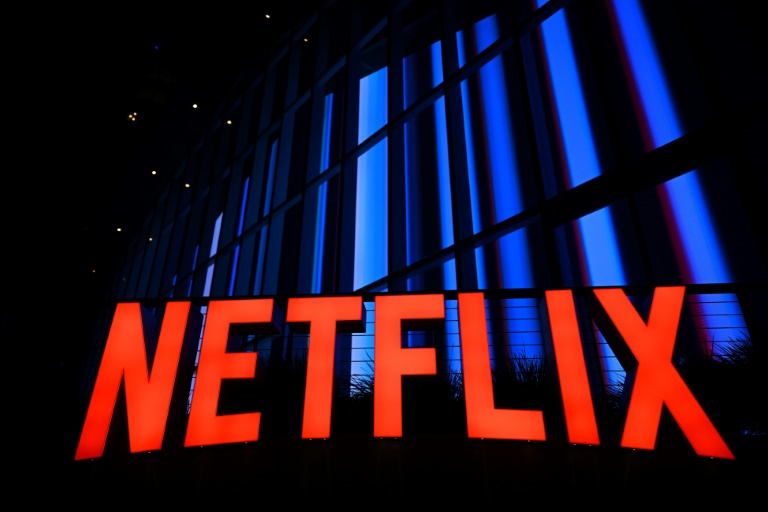Op-Ed: Paying bills vs having a life – Perspective

Netflix will price its Basic with Ads subscriptions in the United States at $6.99 a month when it debuts in November – Copyright AFP Manjunath Kiran
The mix of regular bill payments subscriptions and renewals is very much a matter of taste. It’s very easy to sign up for something and then find that your budget is yet again in a mess.
It’s people vs bills, and guess who’s winning.
Sometimes it’s just a matter of timing. A yearly renewal for something you’d completely forgotten about hits at the same time as your regular payments, for example. Or, far more likely, a combination of payments at the same time which just happens to be the wrong time.
People aren’t necessarily disorganized. It’s just hard to coordinate with the seemingly almost random constant payments. Particularly when those payments and issues seem to happen all the time in different forms.
Subscriptions are a case in point. Not only do they constantly rise in price, but they accumulate into a drip of constant debits. A less obvious problem with older subscriptions is that they can go stale. You’re no longer buying something you’re actually interested in.
On the other side of this equation is something that might help. You’re paying paywalls and subs largely to prop up creaky antiquated business models and ridiculous costs.
Isn’t that inspiring? One of the greatest and most inexcusable ironies of digitization is that prices have risen so much for what used to be occasional services. It’s not like digital services are actually all that expensive.
You’d think they were charging dollars per electron for some services. You could do one of those hyper-expensive degree courses without actually needing to get out of bed, …But you get charged that sort of money anyway.
Like all price rises, the added costs effectively devalue your money. in real-time, there and then.
Say your normal net costs were 80% of your budget.
The surviving 20% could be used for having a life, or, like most people, pretending to have one.
All your costs predictably go up a bit over 6 months. You usually can’t get enough financial stability to think about living.
The cumulative new costs mean that your 20% is now about 5%. You can now maybe afford to talk about having a life, but otherwise, forget it.
Credit makes it worse, often a lot worse.
To quote every direct marketing ad ever, “There’s more!”
It’s not just you that’s sinking nobly into a haze of bills and balancing acts.
Due to what is sometimes called “total lack of business talent”, your billers are also very probably settling stern first into insolvency.
One of the most basic principles of capitalism is that capital must be able to operate. Would you say peoples’ capital is doing 100 push-ups and going for a 5 mile jog every day?
No, of course not.
It just feels like it.
The fundamental unit of society is now clogged with constant costs. Most people feel much better when they’re not constantly paying for anything and everything.
Constant payments also have another byproduct – Aversion to more payments of any kind. That’s not good for anyone.
The daily outlay makes it hard to enthuse about more payments for anything. You can’t save or spend money you don’t have. Your appetite for risk and financial commitments will go and never return.
Yet, what do we have? Constant price rises that would disincentivize anyone or anything. The illusion of value in price rises is obvious enough. You can see that in grocery prices. You’re now looking at multiples of the original costs.
Now add to this a stupid way of billing people. They get billed. They may not have the cash in their accounts. They may get hit by multiple costs they can’t cover.
Instead of just doing a “pay upfront for whatever” service over a clear time frame, you get this – A disorganized mess that will probably take days or weeks to sort out.
Managing the mess, in terms of time and stress, probably costs more than the bills.
The message for consumers is getting simpler as costs rise. Destroy all excess budget costs. That’s not good news for people who insist on nailing their revenue to discretionary spending options.
Your subs and other costs can get massacred in a single binge of cost-cutting. There’s a long untidy list of news about how people try to manage prices, and it’s pretty grim.
The bottom line is this:
Billing periods are turning into credit card and credit provider scenarios. Non-payment is the most likely outcome.
Thanks to all these years of maniacal price gouging, it’s not like people have or will have the money anyway.
Either prices go down or revenue goes down and out a lot faster. The current situation with prices is suicidal. See how many bills bounce simply because of the way you collect them.
Op-Ed: Paying bills vs having a life – Perspective
#OpEd #Paying #bills #life #Perspective





